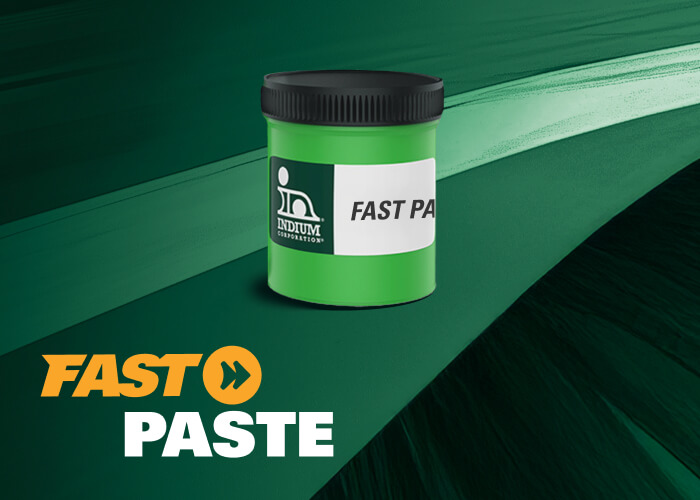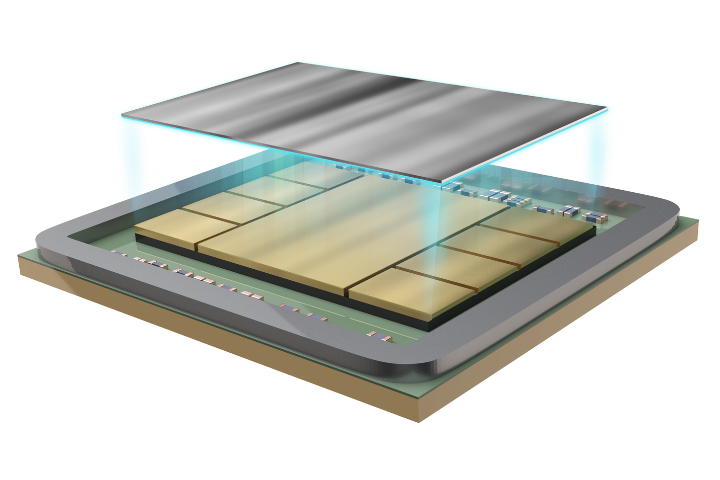You’d imagine that a material which can reach 1,500°C instantly should be treated with caution, and it should, but NanoFoil® is a lot safer to work with than you may think. Everyday NanoFoil® is shipped around the world without undue concern because it is packaged and handled properly. Likewise, if you handle it properly, it will be safe in your facility as well.
Here are some practical handling suggestions:
- Wear safety glasses and protective clothing.
- Use close fitting leather gloves when handling NanoFoil® At the Indium Corporation, we use golf gloves.
- Transport NanoFoil® on a rigid substrate, such as a sheet of aluminum.
- Store the material in approved flammable storage cabinets.
Thanks for reading. Stay safe, and stay in touch.
~Jim



